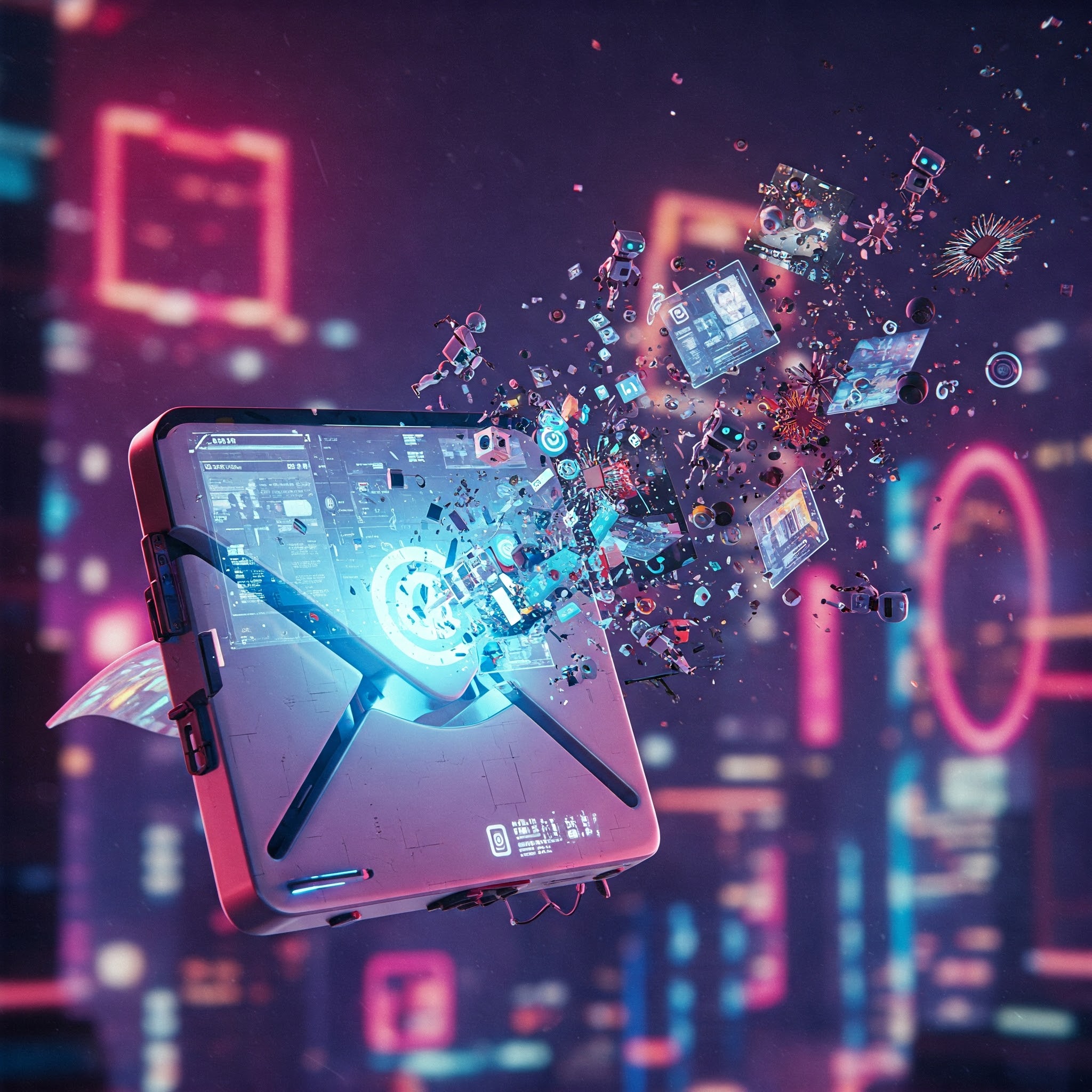AI-Generated Obscenity: Japan’s First Crackdown
The robots are coming for your… artistic license? In a move that raises more questions than it answers, Japanese authorities have reportedly arrested four individuals for allegedly selling obscene images generated by artificial intelligence. This marks the country’s first known legal action against the distribution of AI-created adult content. Let’s dive into the details, or at least what sparse details we have.
The Allegations
According to local media reports, the four suspects, ranging in age from their 20s to 50s, are accused of creating and selling posters featuring indecent images of women. The supposed medium? Free AI software. The alleged method? Feeding the AI prompts such as “legs open.” The reported marketplace? Internet auction sites. The price? A few thousand yen per poster.
Essentially, the accusation is that they used AI to generate images of naked, non-existent women, and then sold those images for profit. If true, it’s a fairly straightforward application of technology to, uh, age-old practices.
The Legal First
This case is being touted as the first of its kind in Japan. While concerns about AI’s potential for misuse, including deepfakes and non-consensual pornography, are widespread, this is one of the first instances of legal action targeting the sale of AI-generated obscene content. The fact that 96% of deepfake videos online are non-consensual pornography, as highlighted by a 2019 Sensity study, underlines the seriousness of the potential harms.
Questions and Considerations
This case opens a Pandora’s Box of legal and ethical questions:
- Obscenity Defined: How does the legal definition of obscenity apply to images created by AI? Does the absence of a real person depicted change the equation? Is the concept of exploitation even applicable here?
- AI and Authorship: Who is responsible for the content generated by an AI? The user? The software developer? Is the AI itself liable (just kidding… mostly)?
- Freedom of Expression: Where does the line between artistic expression and illegal obscenity lie, especially when the ‘artist’ is a machine? Is the intention of the user enough to prove that it is art or just a collection of generated pixels to the legal system?
- The Slippery Slope: Could this case set a precedent for regulating other forms of AI-generated content, such as deepfakes used for political disinformation?
Speculation and Rumors (Handle with Extreme Caution)
Of course, in the absence of concrete details from official sources, speculation runs rampant. Are these individuals being made an example of? Is this a sign of a broader crackdown on AI-generated content in Japan? Are the local media reports even accurate? Only time (and likely more press releases) will tell.
The Takeaway
The Japanese case serves as a wake-up call. As AI becomes increasingly sophisticated and accessible, its potential for misuse grows exponentially. This incident highlights the urgent need for clear legal frameworks and ethical guidelines to govern the creation and distribution of AI-generated content. Otherwise, we might find ourselves in a dystopian future where robots are not only taking our jobs but also our freedom of expression… or at least the freedom to generate slightly dodgy pictures without getting arrested. Stay tuned, because this is just the beginning of a very interesting (and potentially very messy) conversation.

